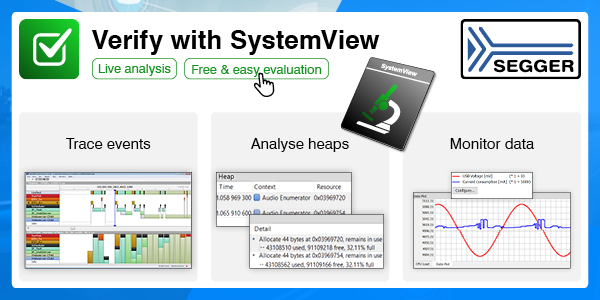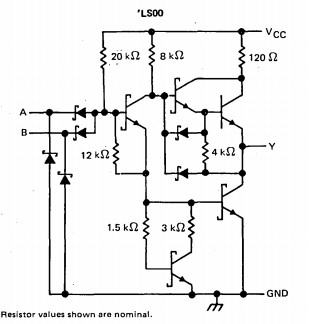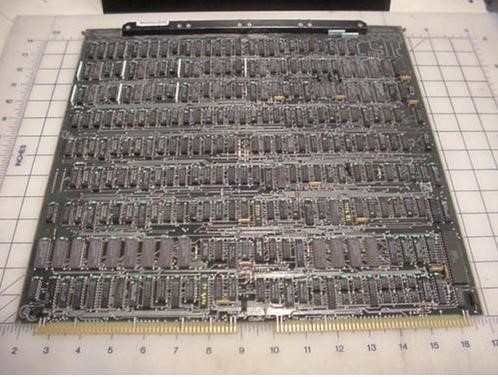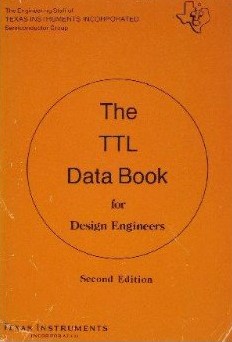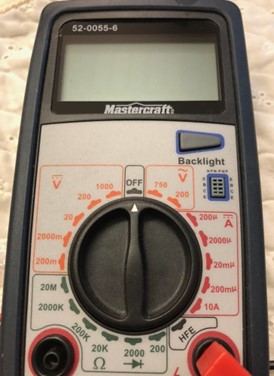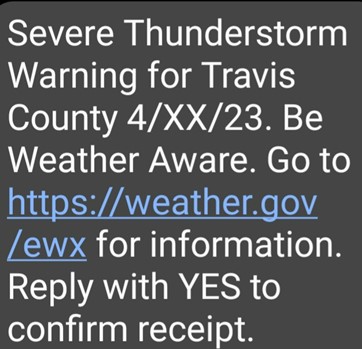| ||||||
|
You may redistribute this newsletter for non-commercial purposes. For commercial use contact jack@ganssle.com. To subscribe or unsubscribe go here or drop Jack an email. |
||||||
| Contents | ||||||
| Editor's Notes | ||||||
|
Tip for sending me email: My email filters are super aggressive and I no longer look at the spam mailbox. If you include the phrase "embedded" in the subject line your email will wend its weighty way to me. |
||||||
| Quotes and Thoughts | ||||||
|
The sooner you start to code, the longer the program will take. - Roy Carls |
||||||
| Tools and Tips | ||||||
|
Please submit clever ideas or thoughts about tools, techniques and resources you love or hate. Here are the tool reviews submitted in the past. Here's some useful advice, especially for novices, about building firmware. A reader posed an interesting question: How many of you are using any sort of model-based design? Please let me know, and tell me what sort of tools you use, and how well these are working out for you. I'll share the results in a future Muse. |
||||||
| Libero | ||||||
|
Paul Amaranth has some thoughts on Libero:
|
||||||
| More on Rejecting Outliers | ||||||
|
Several readers responded to last issue's thoughts on outliers: Niklas Holsti wrote:
There's this from Caron Williams:
Remember C Snippets? Bruce Wedding does:
|
||||||
| TTL at 60 | ||||||
|
2024 marks the 60th anniversary of the birth of TTL logic. Wikipedia says that, though TTL was invented in 1961, TI released the 54 family in 1964, and that the 74 series in plastic came out two years later. Since TTL is practically synonymous with the 54 and 74 series, why not offer 60th birthday congratulations? Remember that the IC was invented just a few years before TTL came out. Other kinds of logic were commonly used, like DTL (diode-transistor logic) and RTL (resistor-transistor logic). In fact, the Apollo guidance computer was made entirely from RTL components, using several thousand identical ICs, each containing a pair of three input NOR gates. The Apollo guidance computer IC. The schematic is clear: RTL logic was barely digital. It wasn't uncommon for RTL users to bias the transistors nearly linearly and use them as amplifiers. But RTL persisted into the 70s, and in the late 60s we were using gobs and gobs of Fairchild parts for Apollo ground support equipment. The perfect gate can only assume two states, and RTL's linearity was exactly the opposite of what the digital world strived for. TTL was designed to approach that ideal. Like an op amp we also want zero output impedance, and many TTL gates used a "totem pole" configuration of transistors to offer plenty of drive and sink capability. A 74LS00 dual-input NAND gate. Note the "totem pole" output transistors. As mentioned, the anonymous experts at Wikipedia believe the 54 series predated the much more common 74 family by a couple of years. The main difference between the two was the temperature range; 54-series devices generally operated from -55 to 125C, while the 74 parts, housed in inexpensive plastic packages, were rated from 0 to 70C. Though the 54 family was often called the :military" version, a lot of commercial applications demanded their extended temperature range. TTL devices were either SSI (small scale integration), which meant one package contained a couple of flip flops or a few gates, or MSI (medium scale integration), which were more complex parts like multiplexors. The 74181 was an example: it contained an ALU that could add, subtract and do logic operations on two four-bit inputs. The DIP package had 24 pins, which was enormous in those days. By the late 60s most computers had oceans of TTL components. The following picture is the CPU board from a Nova 1200 16-bit minicomputer. There were no MOS memories at the time; another board held core memory. All of these DIP packages are 74-series TTL devices.
A Nova logic board. The dimensions are in inches. These boards were enormous. Components were so expensive that the earliest Novas used one 74181 four-bit ALU; it pushed a word through one nibble at a time. As time went on many versions of the 74/54 devices appeared. 74LS parts were lower power and faster than the original components. 74HCT used less power. Today there are a dizzying number of families, and it can be a chore to pick a component from the cornucopia. I've been using 74AUC08 gates recently, which are blazing-fast. Most of the early parts are unavailable today. Digi-Key doesn't list any 74-series parts, though they still supply 74LS and some others that are well into their dotage. Only 13 DIP devices appear from the thousands of TTL part numbers they sell. Though lots of vendors sold, and still sell, 74 logic, old timers remember the industry bible: TI’s TTL Data Book. For many years it was beautifully hard-bound, though later editions were paperbacks. Every year it got thicker till they started producing multi-volume sets. Once a year the distributors would have an open-databook day; we’d fill the trunks of our cars with books about all sorts of components. Pre-PDF, pre-Internet, these tomes were how we sourced parts. The paperless office never appeared, but the datasheetless office sure did. PDFs are great as they are mostly up-to-date and take no room. And modern datasheets can be enormous, running to thousands of pages for a single component. But it sure was nice to have many books open on the bench or the drawing board. Oh, a "drawing board" was a six-foot long tilting table where engineers drew their schematics using "pencils," "drawing machines," and a variety of other tools. But that's another bit of ancient history. The TTL Data Book, by TI. |
||||||
| Failure of the Week | ||||||
Michael Dunn sent this, a change from the many software failures I run: Matt Bennett sent this: Have you submitted a Failure of the Week? I'm getting a ton of these and yours was added to the queue. |
||||||
| Jobs! | ||||||
|
Let me know if you’re hiring embedded engineers. No recruiters please, and I reserve the right to edit ads to fit the format and intent of this newsletter. Please keep it to 100 words. There is no charge for a job ad. |
||||||
| Joke For The Week | ||||||
These jokes are archived here. "Always code as if the guy who ends up maintaining your code will be a violent psychopath who knows where you live." |
||||||
| About The Embedded Muse | ||||||
|
The Embedded Muse is Jack Ganssle's newsletter. Send complaints, comments, and contributions to me at jack@ganssle.com. The Embedded Muse is supported by The Ganssle Group, whose mission is to help embedded folks get better products to market faster. |


